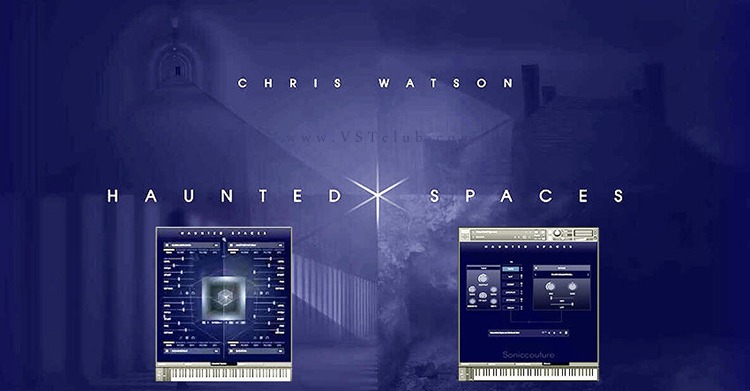
- #Soniccouture ondioline kontakt pdf
- #Soniccouture ondioline kontakt manual
- #Soniccouture ondioline kontakt plus
The two large white dials control the level of the two divider circuits – effectively two sub oscillators 1 and 2 octaves below the main. No labels are visible until you turn a knob then they appear.The main switch panel is labelled simply A – R and controls a variety of different oscillator shapes, filters & LFOs. The Ondioline is a minimal synthesiser by todays standards, and Soniccouture have sought to preserve that character in their emulation. In collaboration with Goldfrapps’ Will Gregory and Dan Wilson from Hideaway Studio, Soniccouture extensively restored and modified Ondioline no.599 to be sampled and recreated as a Kontakt instrument. The sound can be surprisingly realistic when the vibrato and knee lever are used together – organic, sinuous and extremely expressive. So there we have it: simple, quirky, fun, authentic - and a fascinating tribute to one of the earliest synthesizers.The Ondioline was made in France in the 1950s and 60s, and was conceived as a low cost Ondes Martenot sharing the same lateral vibrato keyboard, with a knee-lever to shape volume. It was entirely valve-based with its own built-in amplifier and inspired the Clavioline, Jennings Univox and Hammond Solovox.
#Soniccouture ondioline kontakt manual
Performance options include aftertouch to volume amount, approximating the original instrument’s pressure sensitive keyboard, whilst the Ondioline’s manual vibrato can be simulated using the pitch wheel.
#Soniccouture ondioline kontakt plus
Much of the real Ondioline’s tonal character is due to its speaker, modelled here with convolution impulses of close, mid and far mic positions, as well as line out, plus five additional impulses borrowed from Soniccouture’s Ondes instrument. Switch P engages a short piano–like envelope, V1 to W control vibrato depth and speed, and bonus fader R controls the reverb amount, for which 32 convolution impulses are provided. Switch L cancels the main tone leaving only the sub–octaves. Switch M engages the divider (think sub–oscillators), adding one and two octaves below the main tone the volume of each sub–octave is adjusted by the two large cream–coloured knobs. Switches E to K are the tone controls: a collection of fixed-frequency low–, band– and high–pass filters modelled after the originals using convolution their effect is accumulative if more than one is selected. Switch D engages a tempo–synced auto–repeat function, a drop–down menu providing a selection of note values. Waveforms are selected using switches A, B and C - the various combinations of their up and down positions provide a total of eight waveforms ranging from muted, flutey tones to harsh and nasal.
#Soniccouture ondioline kontakt pdf
Full descriptions are also given in the PDF manual. However, hovering the mouse over any control displays its function in Kontakt’s Info strip.

As there’s no labelling to indicate what the switches do, creating tones can be a rather trial–and–error affair. The controls are basic, if enigmatic: it has 18 selector switches, the first 13 simply labelled A to M, the remaining five labelled P, V1, V2, W and R. Soniccouture’s Kontakt recreation stays true to the simplicity of the original, modelling its features and behaviour as closely as possible, with a laudable minimum of extra bells and whistles. There are no VCAs, VCFs or envelope shapers: note shaping is entirely in the hands (and knees) of the performer. One feature common to the Ondioline and its close cousins is a knee lever for controlling volume, bringing additional hands–free expression to performances.

Unlike the Ondes, it has no pitch ribbon, so portamento effects are not possible but the Ondioline’s keyboard is pressure–to–volume sensitive. The Ondioline is the more complex of these instruments, having a laterally sprung keyboard enabling the player to perform manual vibrato by wobbling the keys from side to side, similar to the Ondes Martenot. Similar instruments of this type include the Jennings Univox, Hammond Solovox and Clavioline, the last of which famously featured on classics such as the Tornados’ ‘Telstar’ and Del Shannon’s ‘Runaway’.

It is a monophonic, valve–powered synth with a small–scale, three–octave keyboard, incorporating its own amplifier and speakers. Conceived as an affordable alternative to the Ondes Martenot, the Ondioline (aka Jenny Ondioline) was invented by Frenchman Georges Jenny in 1940.


 0 kommentar(er)
0 kommentar(er)
